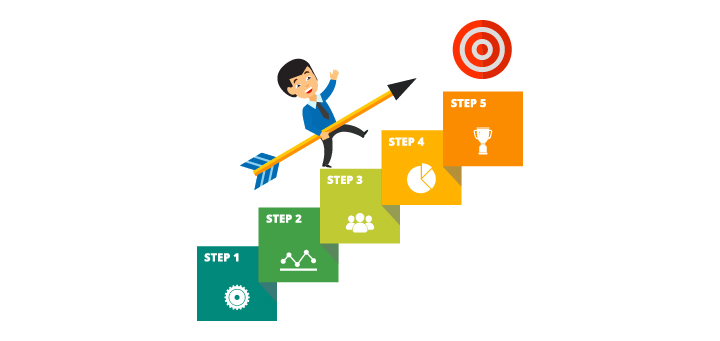In the world of technology and online tools, encountering errors or unwanted entries is quite common. One such issue that many users have faced is the occurrence of ” to remove with yell51x-ouz4.” Whether it appears as a part of a code, software, or some other technical context, removing it can be crucial for smooth functionality. In this article, we will explore the best ways to remove “with yell51x-ouz4” and ensure your system operates without any issues.
What is yell51x-ouz4?
Before diving into the methods of removal, it’s essential to understand what ” to remove with yell51x-ouz4″ is. This term may not be immediately familiar, as it could appear in various contexts, including:
- Programming Errors: It could be a part of an error message or a misplaced string within a script or program code.
- Software Bugs: Sometimes, issues like this arise from buggy software or corrupted files that cause such errors to appear.
- Unwanted Malware or Adware: In some cases, this term could also be linked to malware or adware, affecting the overall performance of your system.
Identifying the context in which this term appears is crucial, as the removal steps will vary depending on whether it’s a software bug, malware, or another issue.
Why is it Important to Remove it?
The presence of “with yell51x-ouz4” can cause various issues, including:
- System Instability: This can lead to your system crashing or performing slowly.
- Security Vulnerabilities: If it’s related to malware or adware, keeping it around can expose your system to further security risks.
- Error Messages: Continuously encountering error messages can be frustrating and hinder productivity.
Thus, removing “with yell51x-ouz4” is necessary to maintain a healthy and efficient system.
Step-by-Step Guide to Remove with yell51x-ouz4
Now that we know the importance to remove with yell51x-ouz4, let’s dive into the methods you can use to eliminate this issue from your system.
3.1. Identifying the Source of the Issue
The first step in removal is to identify where “with yell51x-ouz4” is coming from. Here’s how you can do that:
- Check Error Logs: Look into system logs or error reports to pinpoint where this term is being triggered.
- Look for Recent Software Installations: If the issue started after a new software installation, it could be related to that program.
- Run Antivirus or Malware Scanners: If you suspect that malware is involved, run a full system scan using a trusted antivirus tool.
3.2. Manual Removal Methods
Once you’ve identified the source, you can proceed with manual removal. This can be done in a few ways, depending on the type of issue:
For Software Bugs:
- Uninstall the Program: If the issue is linked to a specific software, uninstalling the program can often resolve it.
- Reinstall the Program: Sometimes, simply reinstalling the software may clear out any corrupted files causing the issue.
For Programming Errors:
- Debug the Code: If “with yell51x-ouz4” appears within your code, go through it line by line to locate any syntax or logical errors that could be causing the term to appear.
- Remove the Term from the Code: If the term is unnecessary, simply removing it from the script should solve the problem.
For Malware or Adware:
- Delete Suspicious Files: Use File Explorer to locate any files associated with the error and delete them.
- Check Startup Items: Sometimes, malware can be set to start automatically with your system. Disable any suspicious startup items using Task Manager or the system’s settings.
3.3. Using Software Tools to Remove
If manual removal doesn’t work or if the issue persists, you can rely on software tools designed to address this issue.
Antivirus Tools:
- Run a Full System Scan: Use an antivirus program to scan your entire system and remove any malware or suspicious files.
- Use Malware Removal Tools: If your antivirus doesn’t find anything, try specialized malware removal tools like Malwarebytes or AdwCleaner.
System Cleanup Tools:
- CCleaner: This tool helps in removing any leftover files, registry entries, and other junk that may be associated with the issue.
- Revo Uninstaller: This tool can thoroughly uninstall software and clean up any associated files or registry entries that may have been left behind.
Common Problems After Removal
Even after successfully removing “with yell51x-ouz4,” you might encounter some residual problems. Some common issues include:
- System Performance Decrease: After removing the problematic element, you may experience system sluggishness, particularly if the removal process involved deleting critical files.
- Program Compatibility: Certain programs might no longer work properly if they were relying on “with yell51x-ouz4” for specific functions.
- Reappearance of the Issue: If you didn’t completely resolve the root cause, there’s a chance that “with yell51x-ouz4” might return.
To address these issues, consider running optimization tools like disk cleanup or system restore to get everything back in order.
Precautionary Measures to Avoid Future Issues
After dealing with the removal, it’s important to take measures to prevent this from happening again. Here are some tips:
- Update Software Regularly: Ensure that all your software, including antivirus tools, is up to date. This will help avoid bugs and vulnerabilities.
- Avoid Untrusted Downloads: Be careful when downloading software from untrusted sources, as these may introduce malware or unwanted code.
- Use Strong Security Software: Invest in a good antivirus and anti-malware program to protect your system from future threats.
Conclusion
Removing “ to remove with yell51x-ouz4” is not an overly complicated process, but it requires careful attention to detail. By identifying the source, following the right removal methods, and taking precautions to avoid future issues, you can ensure that your system remains secure and functional. Remember, whether it’s a bug, a programming issue, or malware, a systematic approach will help you restore your system to its optimal state.
If you encounter any problems during the process or need further assistance, don’t hesitate to reach out to technical support or consult online forums for additional guidance.
